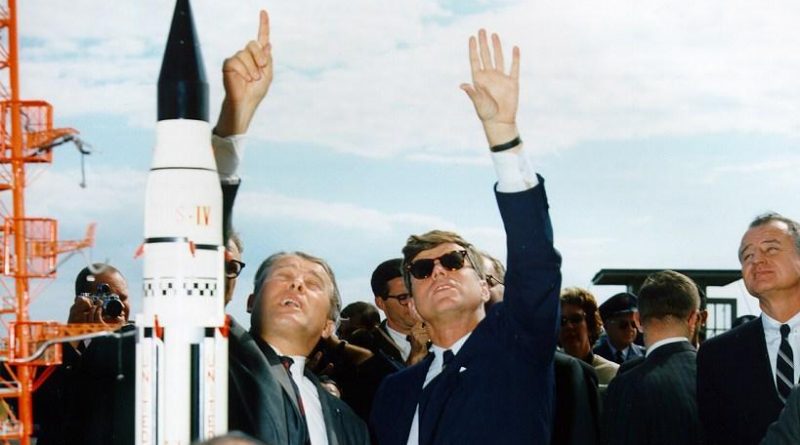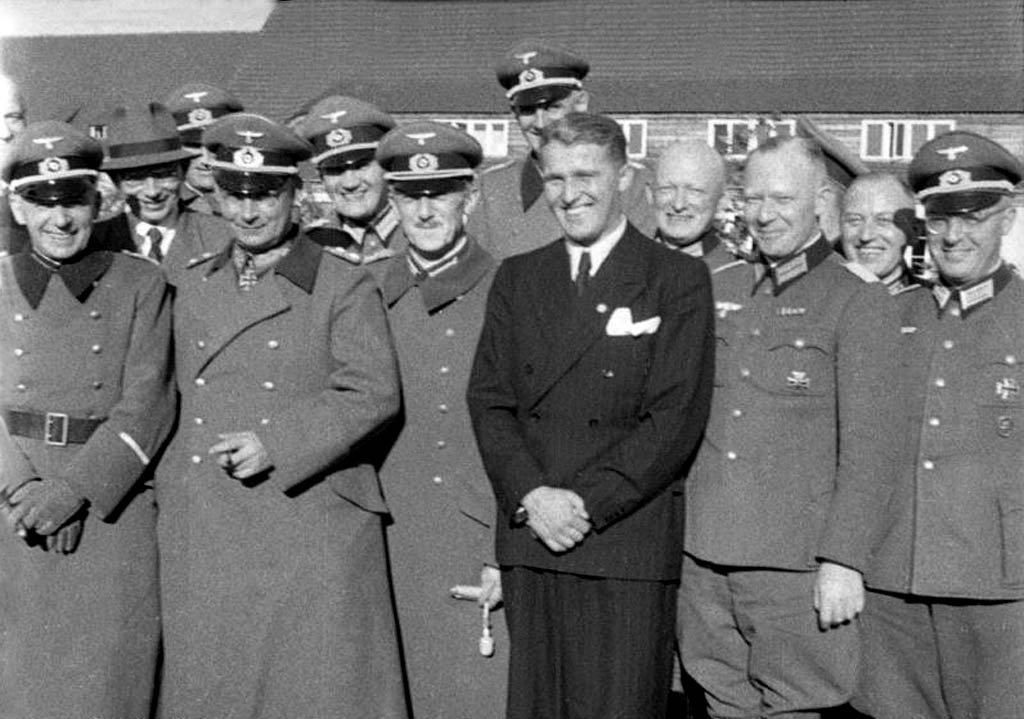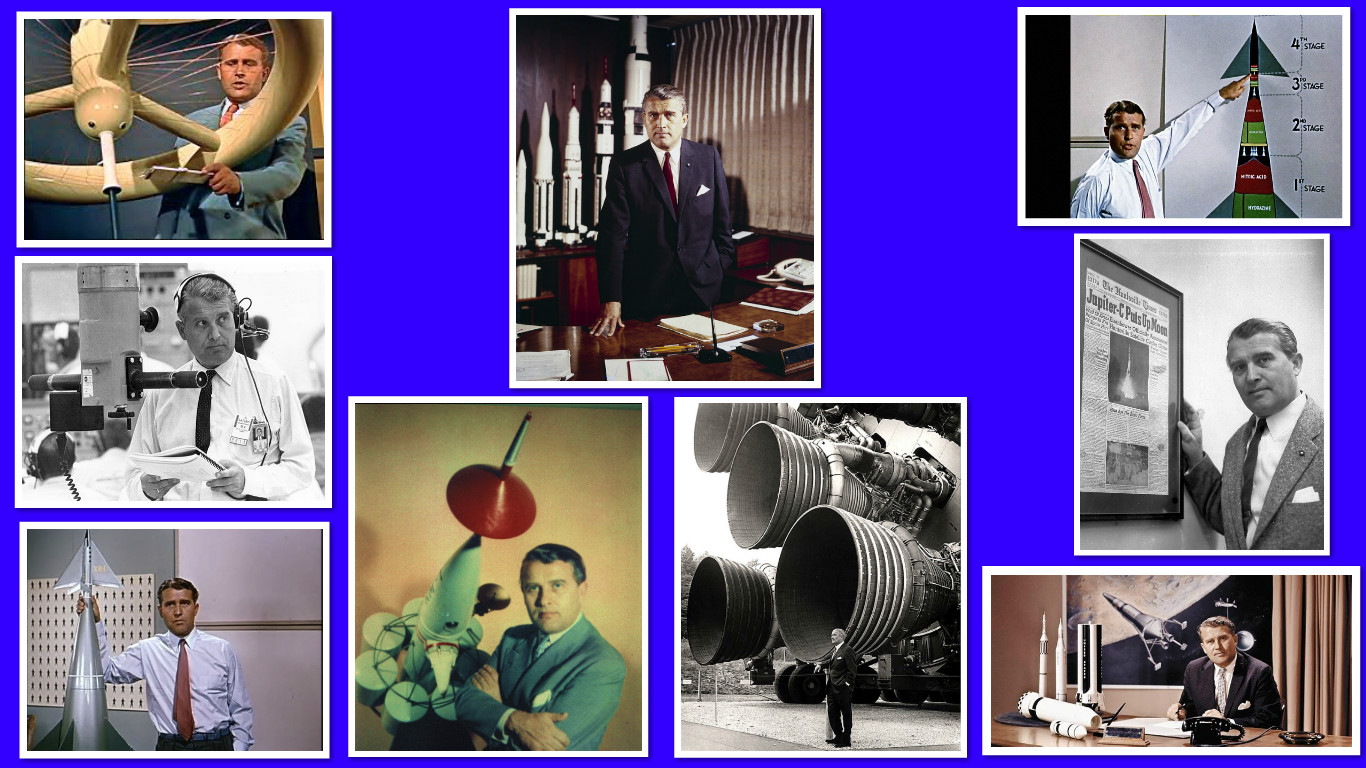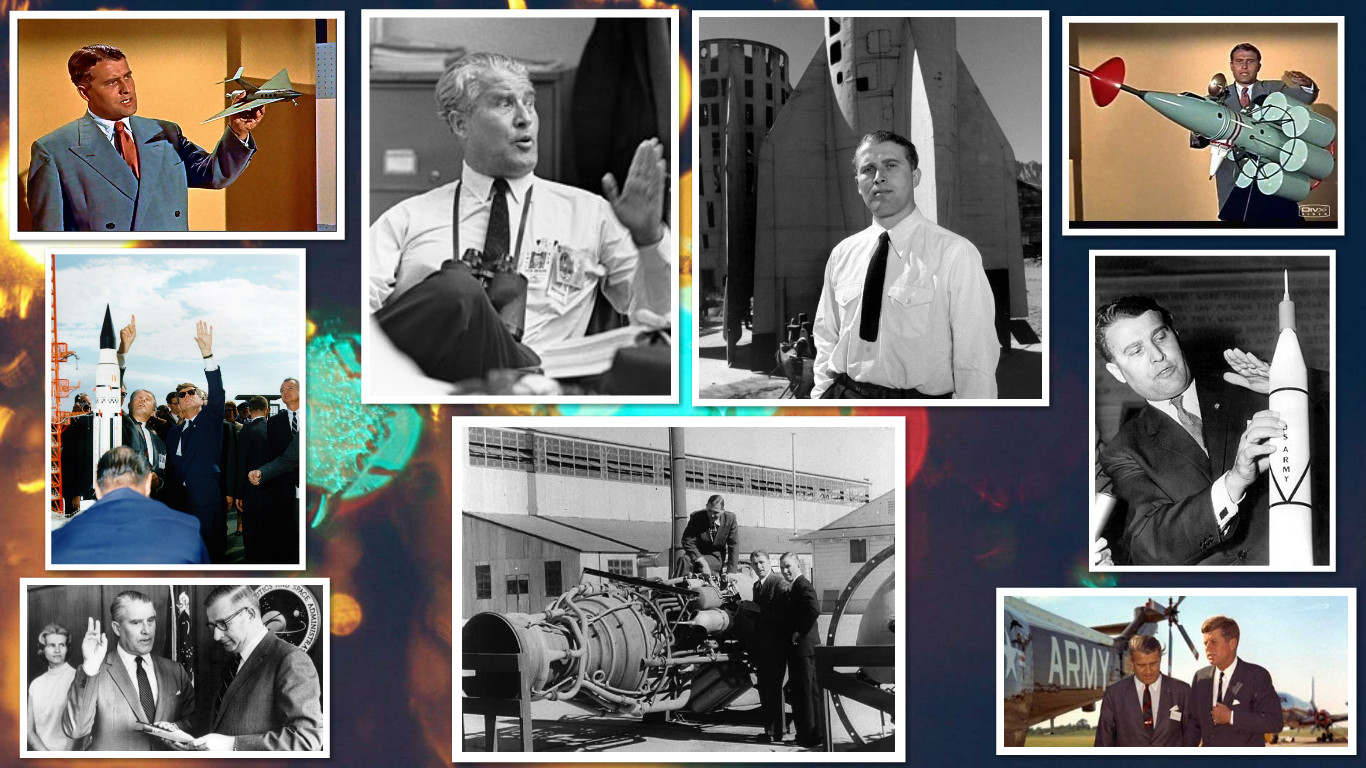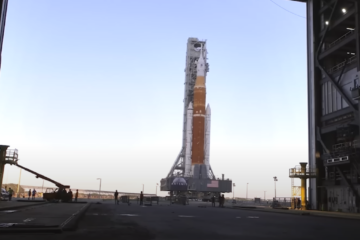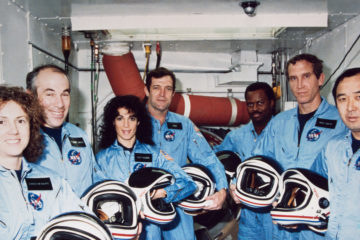This Is Rocket Science
by Michael Walsh
COMMEMORATIONS of the life of German rocket scientist Wernher von Braun (1912-1977) are ongoing. Britain’s “mainstream” media ignore them all. Perhaps this is understandable, since the space scientist’s pioneering V-1 and V-2 rockets once caused panic in wartime London.
In contrast, Wernher von Braun is idolised in the US city of Huntsville, Alabama. The former SS-Sturmbannführer who designed V-2 rockets for the German war effort during World War 2 was later to build the Saturn V rocket. This is the spacecraft that catapulted US astronauts Neil Armstrong, Buzz Aldrin, and Michael Collins on their mission to the Moon in 1969.
The German scientist was born in Wirsitz, which is now situated in Poland. Like many young men of the period, the young Wernher had an insatiable appetite for anything relating to science fiction and space travel. In 1920 the young Wernher’s reading material tended towards Jules Verne and H.G. Wells. The dreamer must have wondered when fiction would be turned into reality. After reading noted physicist Hermann Oberth’s 1923 report Die Rakete zu den Planetenräumen (By Rocket to Space) the young student himself left tall tales behind him. [Oberth was later a friend of Dr. William Pierce and a supporter of the National Alliance. He was present at the raising of the Life Rune on the main building of the National Alliance facilities in West Virginia in 1986. — K.A.S.]
So he could better master the physics of rocketry, von Braun took up the study of calculus and trigonometry. By the time he received his doctorate from the University of Berlin in 1934, he was working for the German military. The aspiring student was under the tutelage of Hermann Oberth (1894-1989) in building and firing small, liquid-fueled rockets. During World War 2 he led rocket research at the German propulsion laboratory in Peenemünde on the Baltic coast.
But von Braun wanted to do more than develop weapons. The German scientist wanted to use rocket power to penetrate space. He desperately wanted to create a new frontier for scientific exploration. His dream was to eventually colonise the planets. War came to its bloody end and the team of surrendered scientists were invited to hone their skills in the United States. Their destination would otherwise have been the USSR.
In 1945, the Soviet Union, assisted by its allies, was already sweeping up the best of German scientific talent. Along with the scientists went the laboratories, scientific know-how, and even physical removal of German factories and plants. If it could be moved, the Russians, Americans and British certainly moved it; when they couldn’t move it they simply dynamited plants.
The war had a twofold purpose; the removal of a trade rival, and an excuse for rapacious war — for Britain’s ruling class, a highly profitable war. Speaking to US President Harry Truman at Fulton in the United States in March, 1946, Winston Churchill famously conceded, “The war wasn’t only about abolishing fascism, but to conquer German sales markets. We could have, if we had intended so, prevented this war from breaking out without doing one shot, but we didn’t want to.”
When the dust of World War 2 settled down, the US was keen to get started on its own space program. The US military were well aware that their former Soviet allies were thinking along similar lines. The USSR’s space program was largely dependent upon the Reich’s kidnapped scientists.
The American space effort was situated at White Sands Proving Ground, New Mexico. There was built the first engines that would power rockets capable of breaking free of the Earth’s restraining gravity and atmosphere. In 1950, von Braun and his team moved to Huntsville to oversee rocket development for the US Army. Led by von Braun, the team of scientists embarked upon the development of the Jupiter Rocket.
The Huntsville community was the nation’s fastest growing town and became known not as “Peenemünde Mk 2” but as “Rocket City.” By the time the Marshall Centre opened at Redstone Arsenal in 1960, von Braun had been a naturalised US citizen for five years. As Marshall’s first director, a post he held from July 1 1960 to January 27, 1970, von Braun spearheaded development of NASA’s Mercury and Apollo space programs.
Without the benefit of computers or state of the art manufacturing tools, essential to the modern aerospace industry, the team built and tested the world’s most powerful engines. Even during the very early years, the engine designs had the power necessary for tossing massive vehicles out of the Earth’s atmosphere. Wernher had come a long way since reading H.G. Wells and Jules Verne as a schoolboy.
As he laboured, von Braun tirelessly aimed not just at his space projects but at the public imagination. He knew he needed an enthusiastic public to put rocket fuel in his bid to attract capital from Washington, DC. The German scientist made impassioned public presentations about the future of space travel in magazines such as Collier’s Weekly and at seminars; he also assisted in making documentary features for Walt Disney.
Wernher von Braun’s crowning achievement came in November, 1967. It was then that the massive Saturn V rocket successfully launched for the first time. Just 12 months later this monument to human achievement would take American astronauts into space.
On July 21, 1969, space explorers walked on the Moon for the first time. Theirs was a small step for a man — and a giant step for Wernher von Braun.
During 1970, von Braun moved his family to Washington where he was to lead strategic planning for the agency. The German scientist retired from NASA in 1972. The man who really knew what rocket science was all about died in Alexandria, Virginia on June 16, 1977. The timing of his spiritual journey to the afterlife was an appropriate moment’s departure in Earth time. That same year, the first space shuttle began flight tests.
* * *
Source: Michael Walsh, author of Heroes of the Reich and spinfreehistory.com


